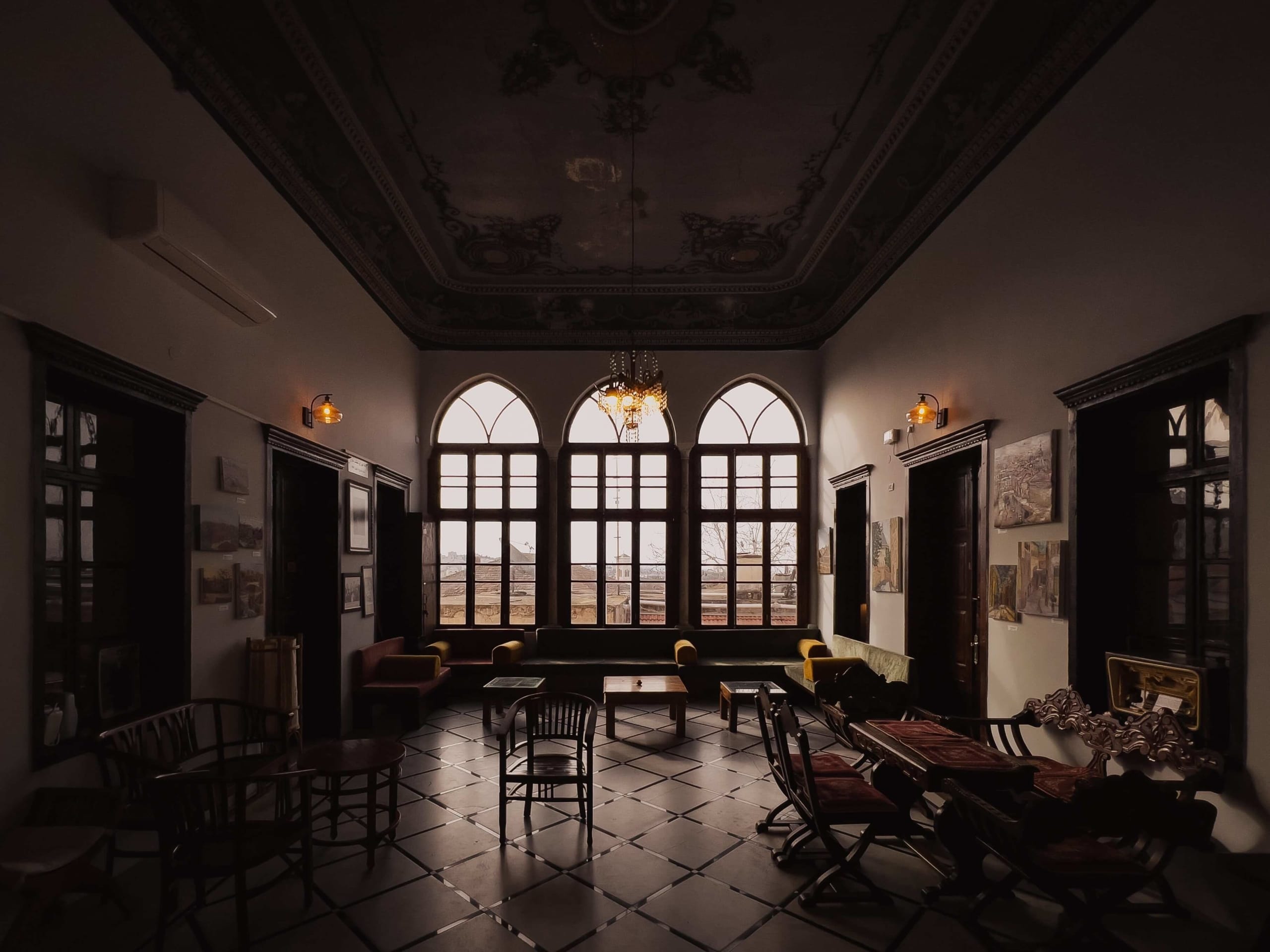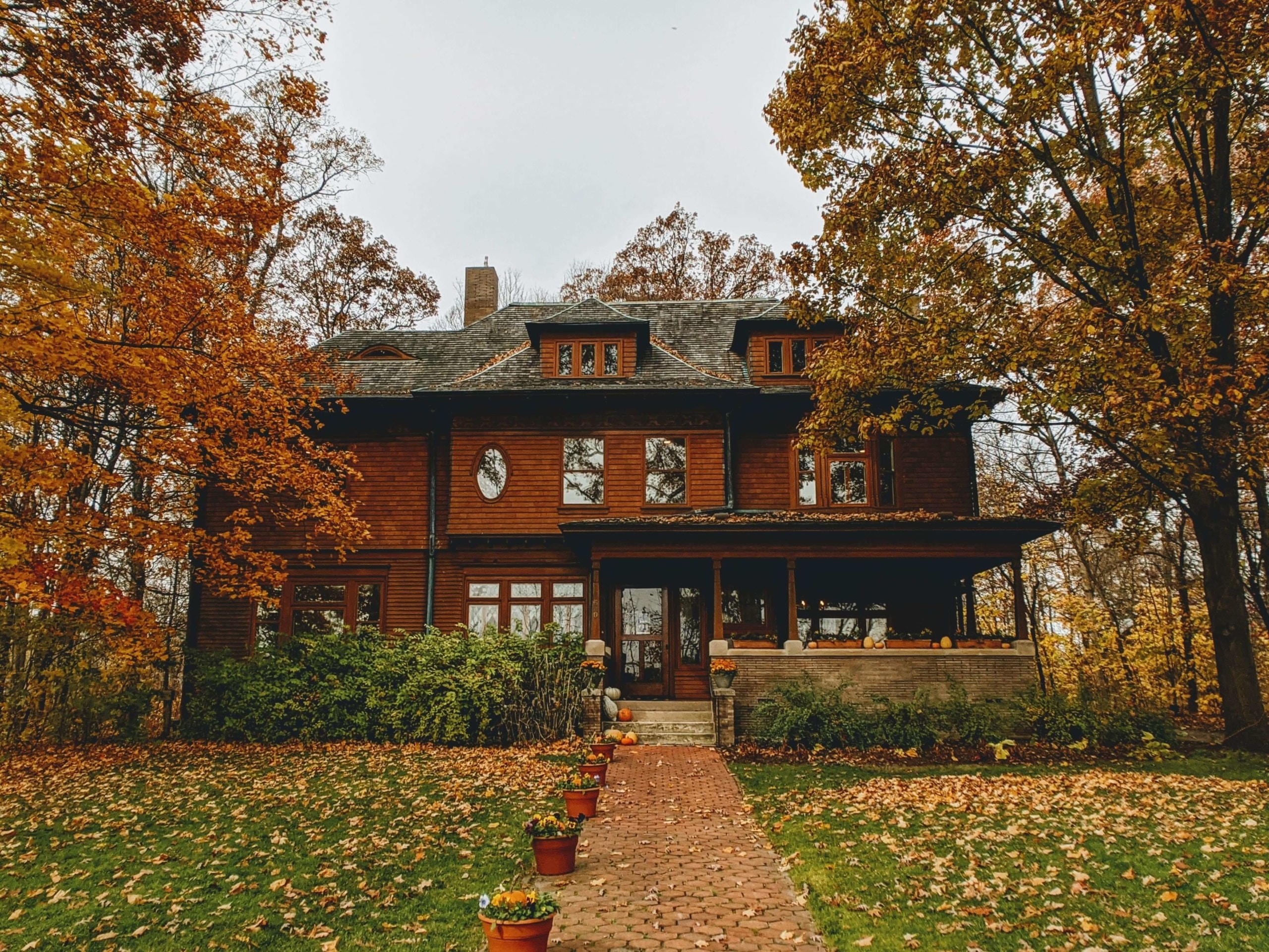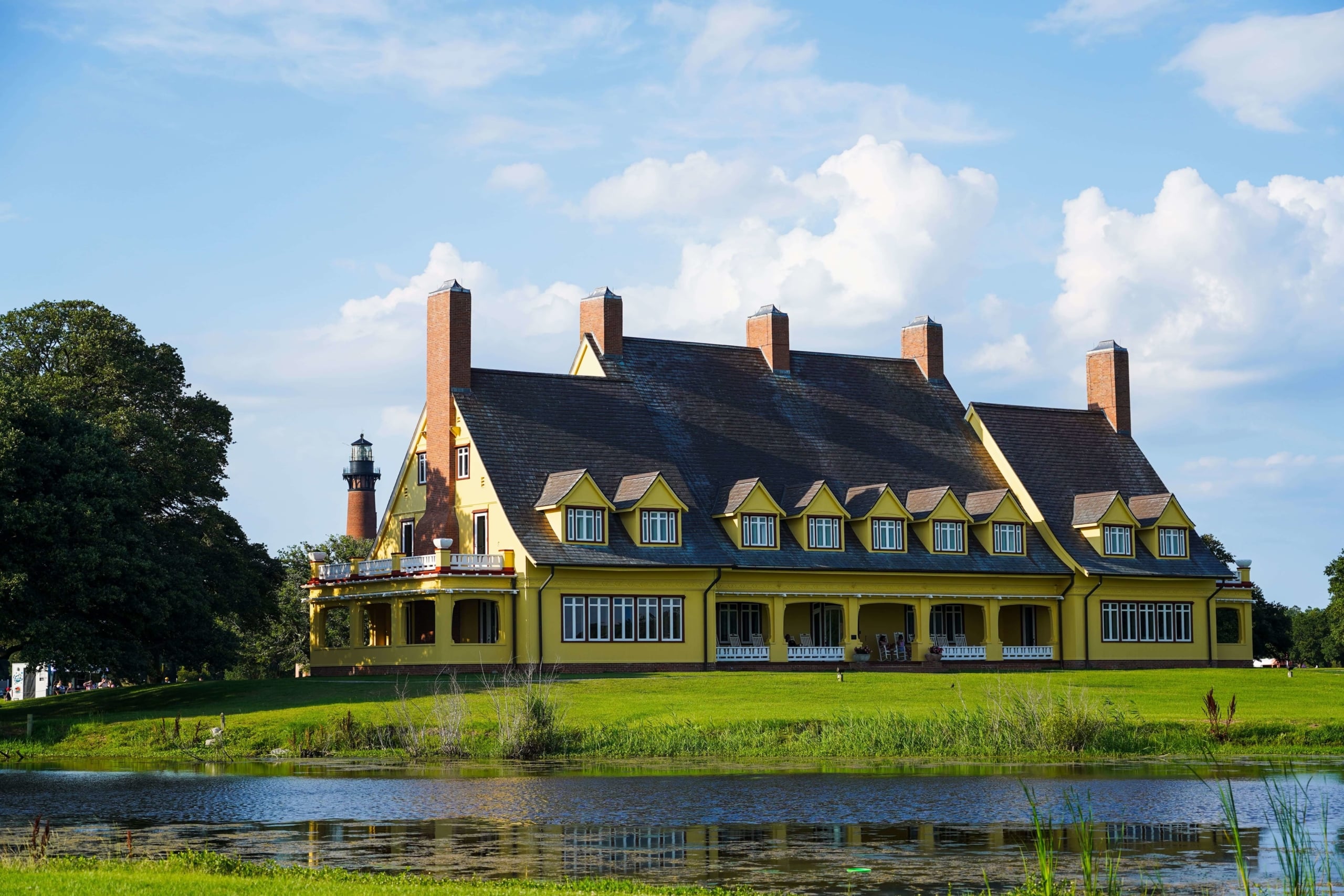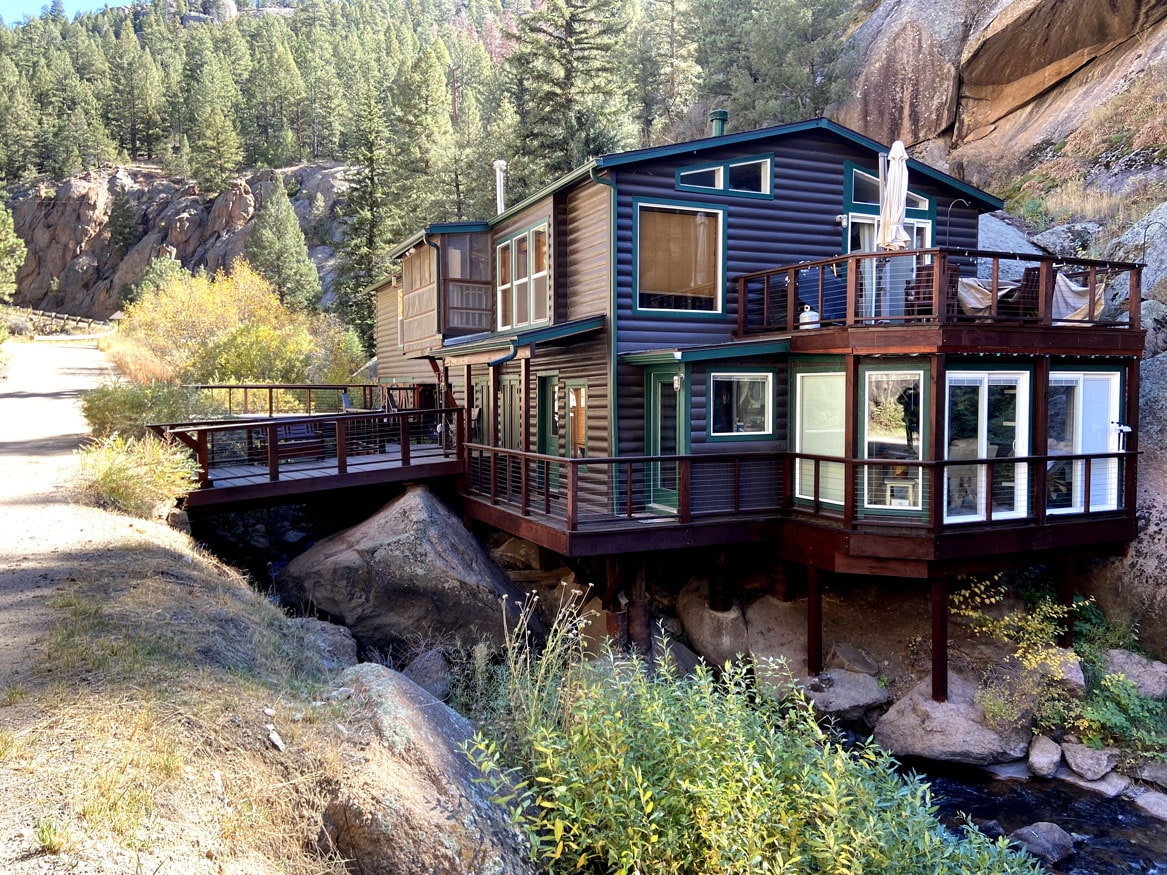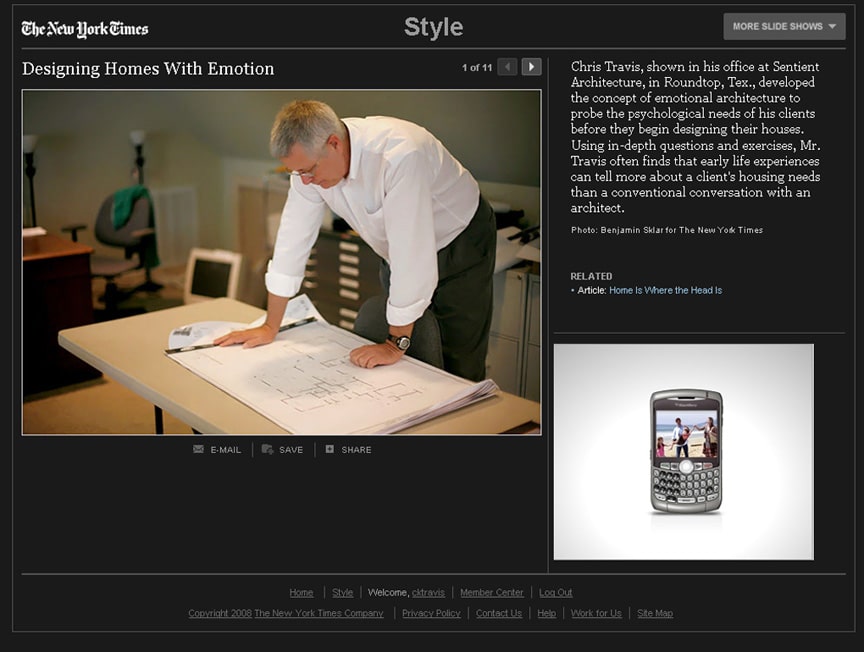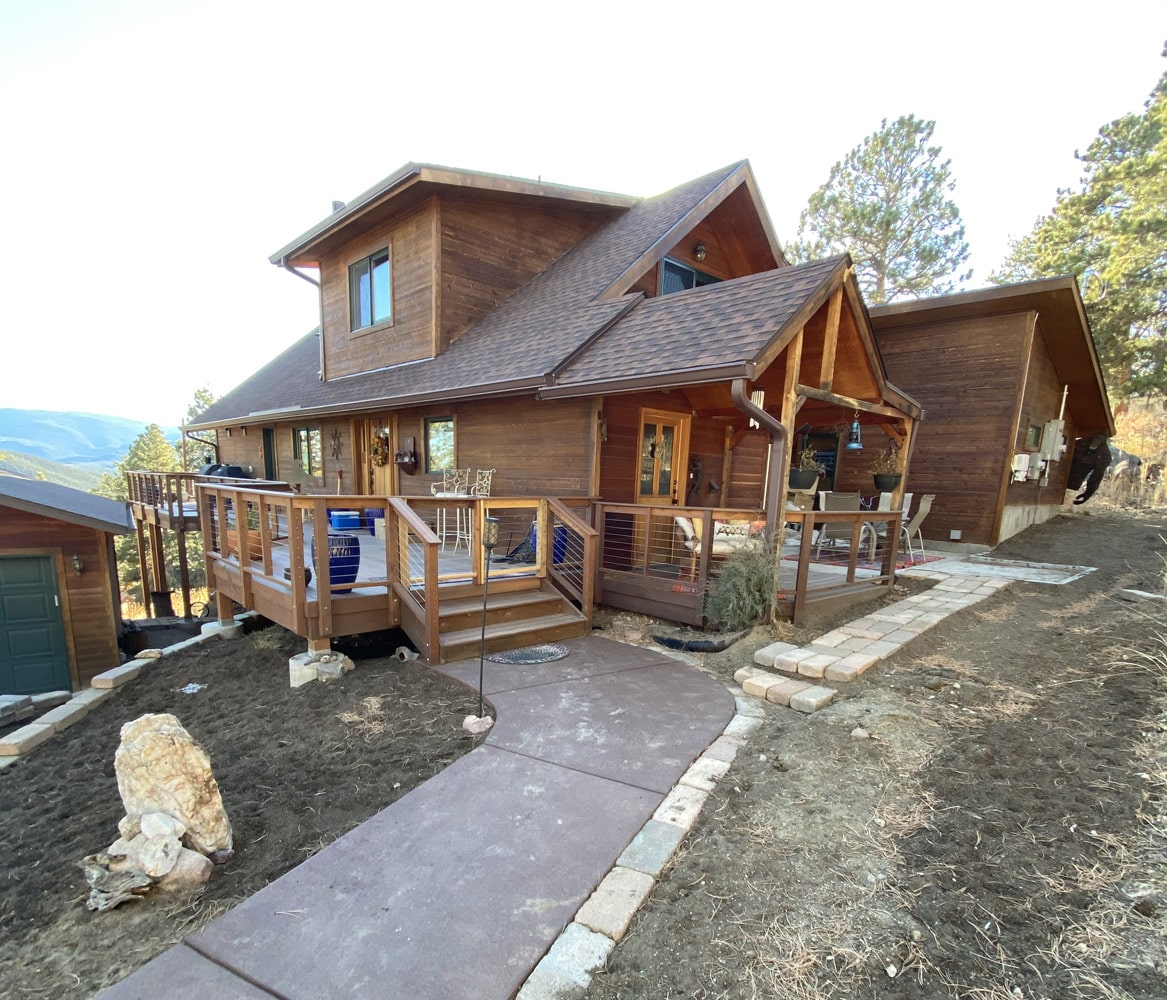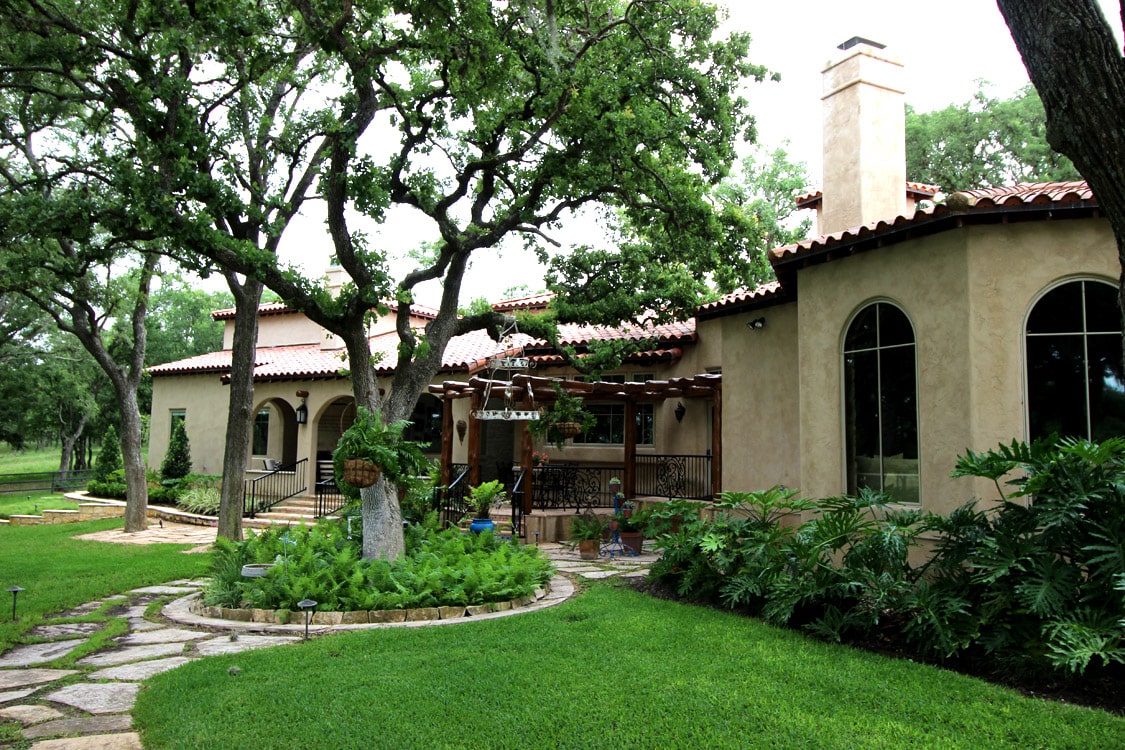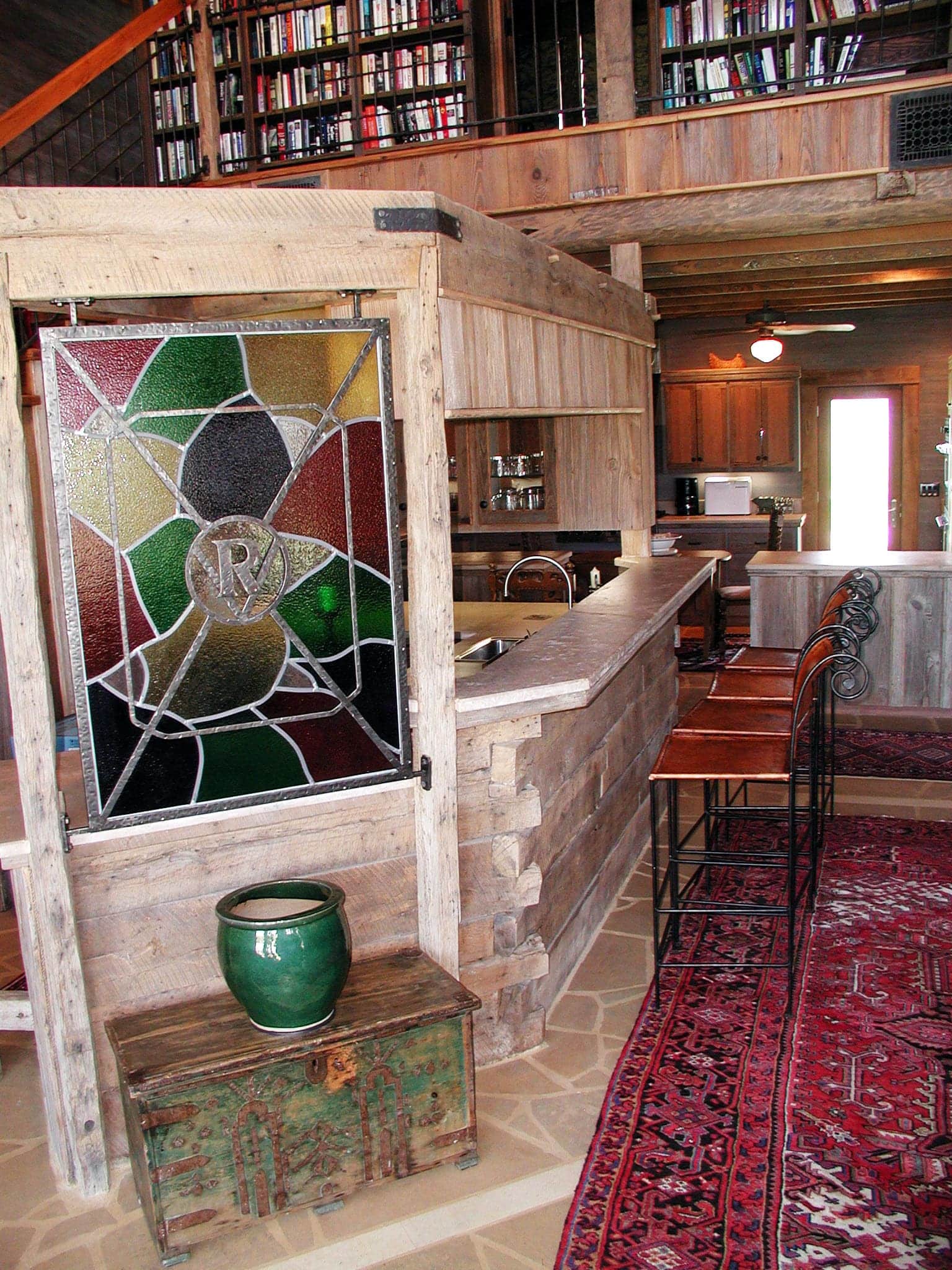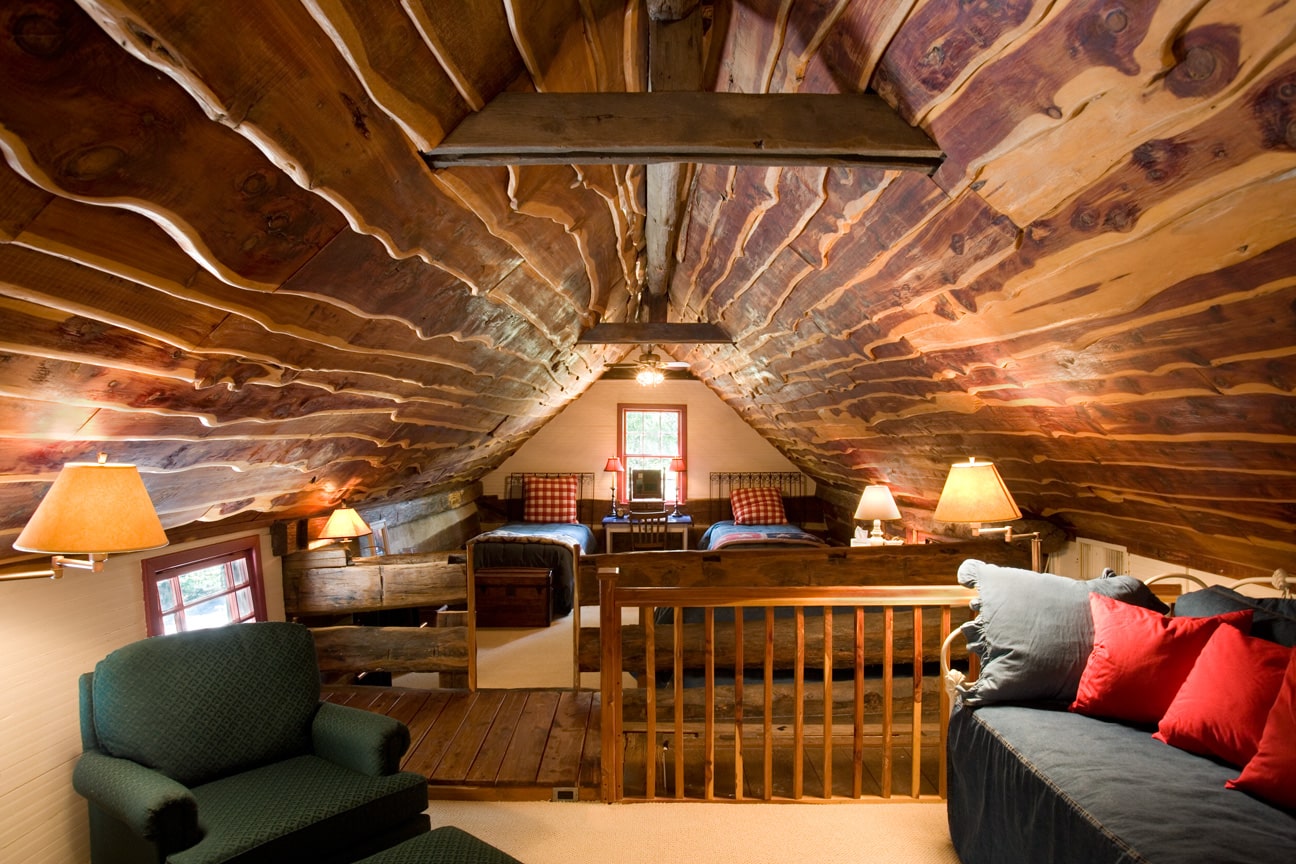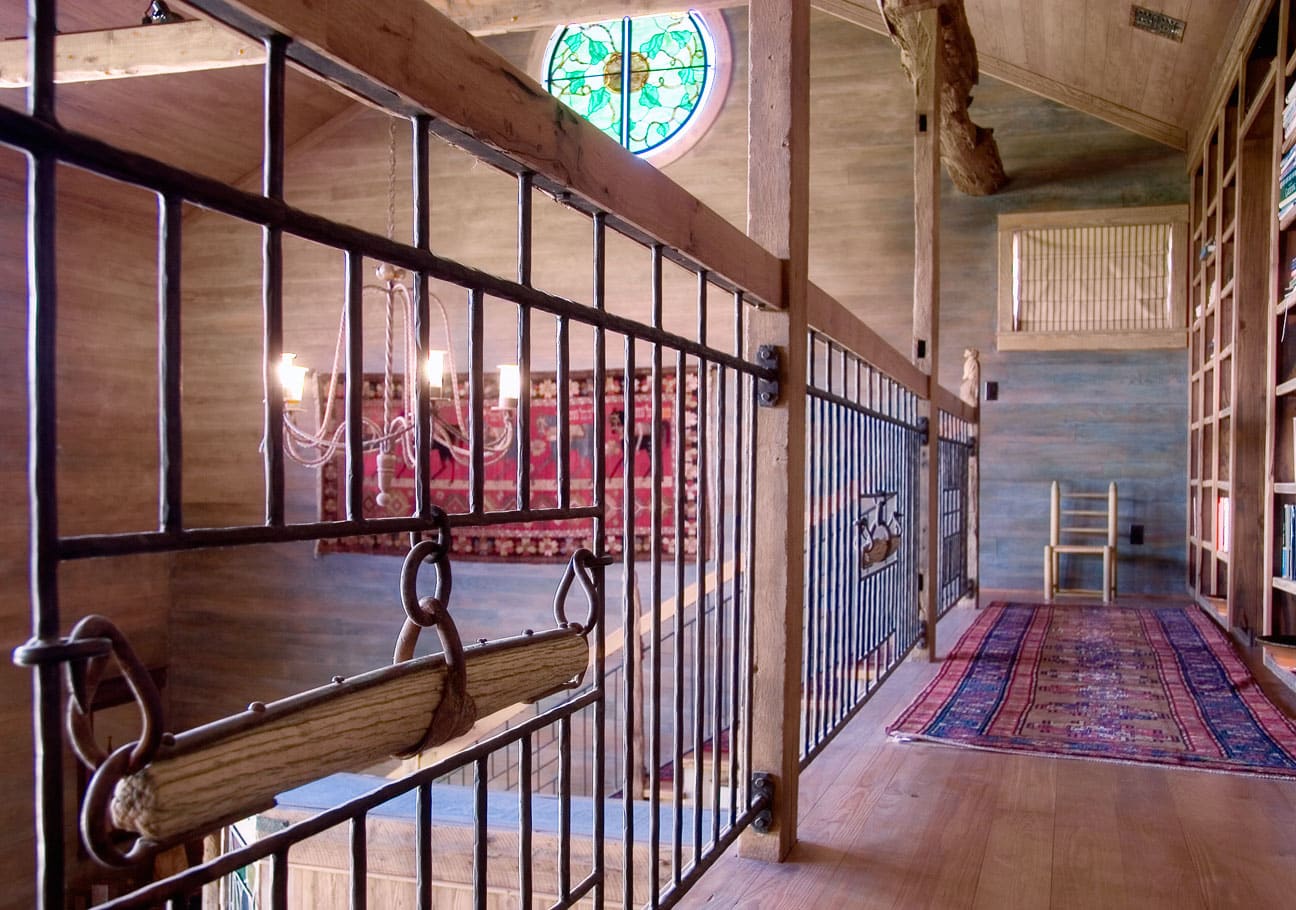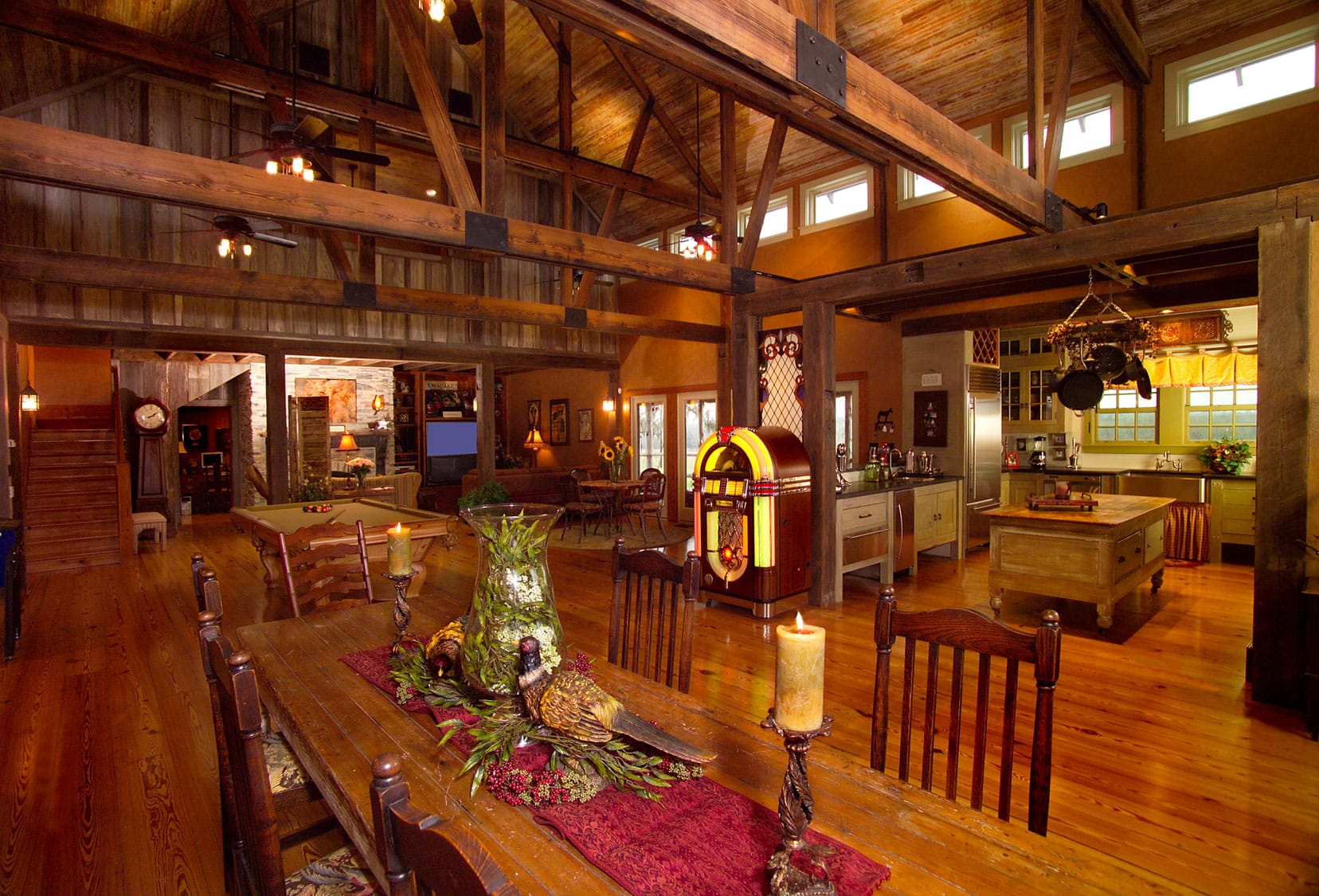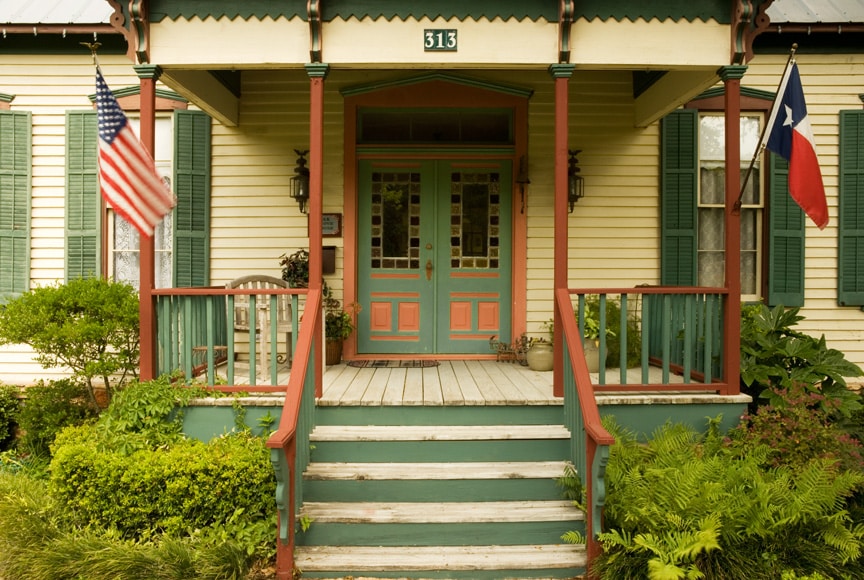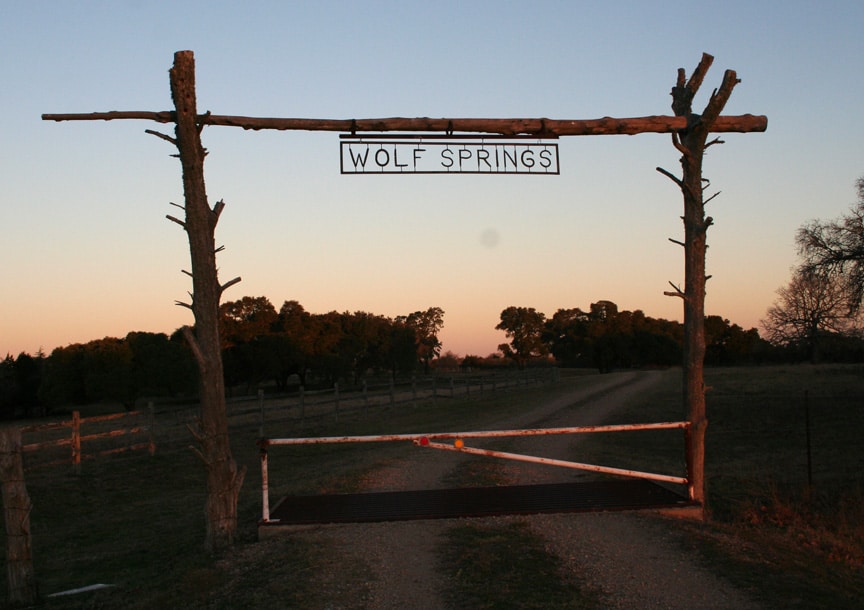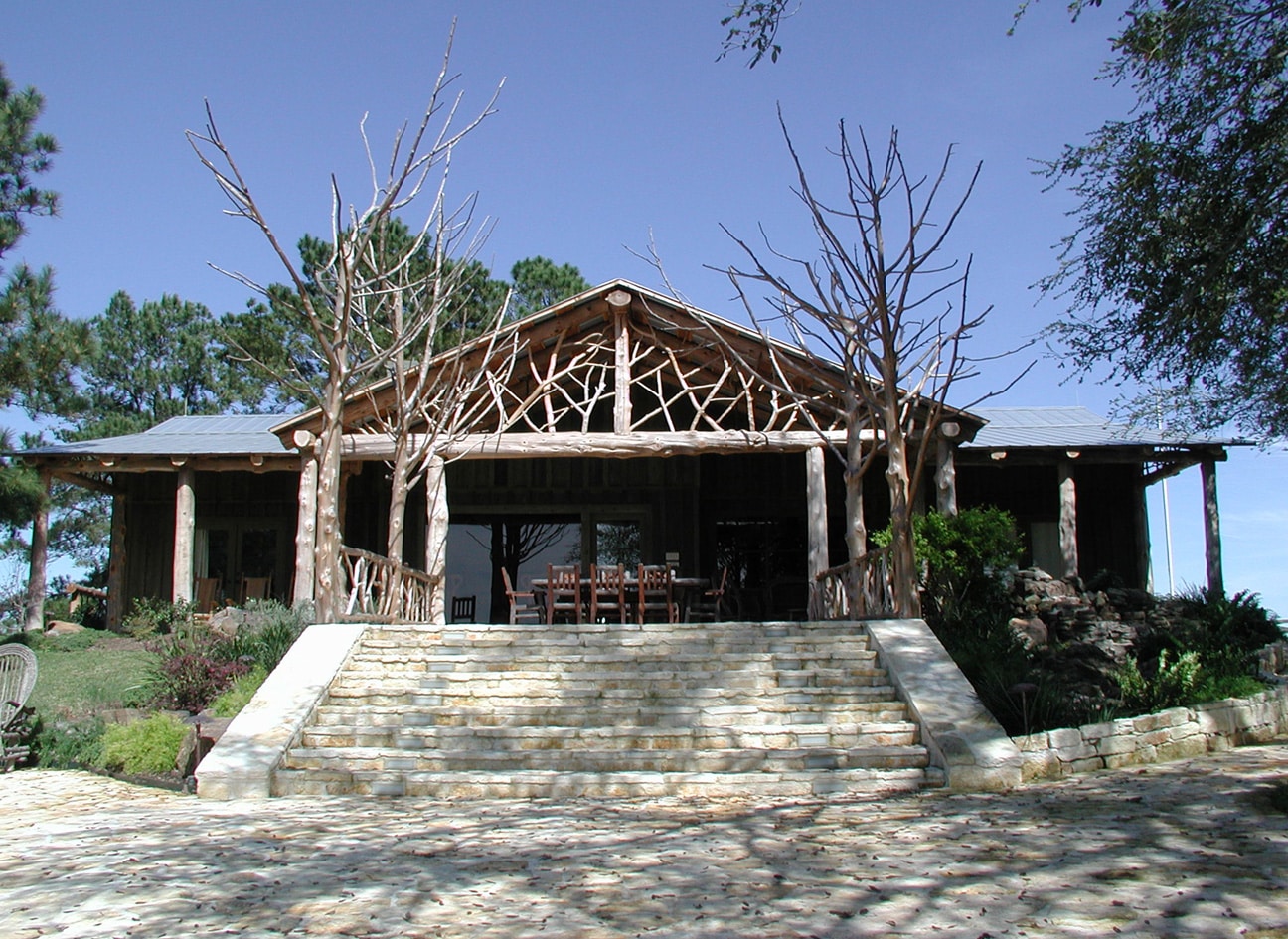So, you just got yourself a historic home. You love its style, character, and location in your magical neighborhood. Floor-to-ceiling windowpanes, hand-carved crown molding, and wrapped porches owning such property checks off a wish-list item for history enthusiasts and DIYers alike. But understandably, you want to make some changes and significant updates. Undertaking a historic restoration is not for everyone. Any changes or improvements should be thoroughly and carefully thought out and well-planned to protect the house’s integrity. It might require a lot of money, time, patience, and craftsmanship to restore and enhance the elegance and charm of your old home.
Historic home restoration is a complex undertaking that requires vast knowledge and expert skills from experienced contractors. That is precisely where Truehome comes in. We will guide you and help you restore and reinforce your historic home without sacrificing the details that make it unique. The idea is to keep history alive and thriving for generations to come.
Historic home restoration requires great personalized care and reliable help from seasoned professionals. Let our team here at Truehome handle your project. Here are some tips to consider before embarking on historic home restoration.
Location – Is the Property In a Historic District?
Is your home located in a historic district? Generally, any restoration activity in a historic district must get approval by local architectural review boards. This calls for extensive project planning and investing in top-quality, significantly costly, true-to-era.
Location is a critical factor to consider when restoring a historic home, and one of the most important considerations is whether the property is located in a historic district. The designation of a property as being located in a historic district means that it has been recognized as having historical, cultural, or architectural significance. It is essential to consider the rules and regulations set forth by the local preservation board, as they often have specific guidelines for the restoration of properties within the district.
Adherence to these guidelines is critical to preserving the historical integrity of the area and maintaining its character. Additionally, the location of the property can impact the value of the home and its desirability to potential buyers. Thus, it is vital to consider the location when restoring a historic home to ensure that the restoration meets the criteria set forth by the local preservation board and maintains the property’s historical value.
Restoration vs. Rehabilitation – Be Smart
One of the most crucial factors to consider is whether to restore or renovate your home. Restoration involves returning your home’s interior and exterior look to a specific period to conserve and interpret its history. On the other hand, rehabilitation involves improving the house and making it convenient for a modern household while preserving and maintaining valuable architectural and historical features. Take time to evaluate your home’s present condition, historical significance, architecture, budget, and preference before taking a path.
Our Denver Mountain Home Architects
Here at Truehome we specialize in historic home restorations, and we are a valuable resource for homeowners who want to preserve the historical integrity of their property. We offer a range of services, from architectural design and planning to construction and project management. Our team includes experienced professionals who are knowledgeable about historic restoration techniques and materials, and we will work alongside you to develop a restoration plan that meets your unique needs. We can help you navigate the various rules and regulations that come with restoring a historic property, such as obtaining permits and complying with local preservation board guidelines. When restoring a historic home, attention to detail is key.
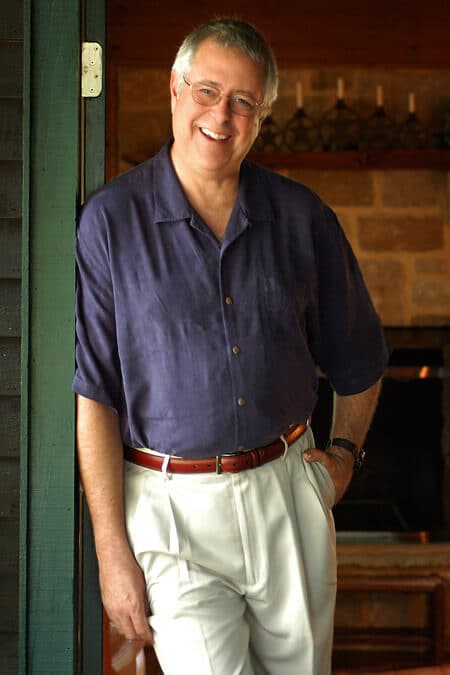
Historic Home Restoration Design in Colorado
Here are some key considerations when restoring a historic home with a focus on architecture:
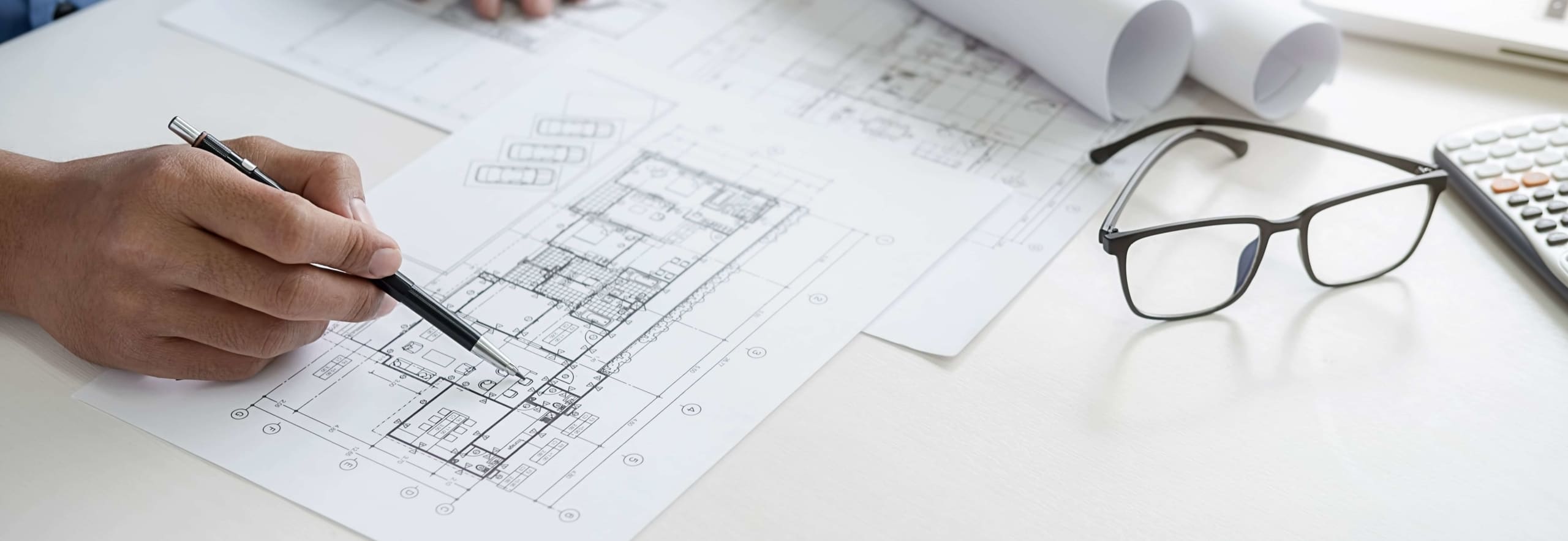
Foundation and Structure
The foundation and structure of a historic home are critical elements to examine during restoration. Leaning walls or cracked corners on windows, doors, or ceilings could indicate a poorly built foundation or bad settling. It’s important to consult with reliable historic house contractors to get expert opinions on these issues as they can be costly to repair and almost impossible to DIY.
Water Damage
Water damage is a common problem in historic homes and can lead to significant damage if not addressed properly. Look out for signs of standing water around or under your property, including rotten wood, water stains, or dry rot. Check under the roof, along baseboards, at the window sills, and around ductwork for potential signs of leaking water from the outside, plumbing, or leaky ductwork.
Insulation
Proper insulation is important not only for energy efficiency, but also for protecting the historic home from damage caused by water condensation. Improperly designed mechanical systems can cause moisture to form within the wall cavity, leading to the formation of bacteria and mold growth that can be harmful to your health. Additionally, this can attract critters and termites, creating a perfect ground for enhanced decay of organic matter such as paper and wood.
Craftsmanship
Having created a local historical district and erected several historic markers, I have a deep appreciation for the level of craftsmanship in historic homes. This craftsmanship is an essential aspect of their architecture and design and should be preserved during any restoration efforts. Working with specialized historic restoration contractors can ensure that the unique architecture and design of your historic home is preserved and restored to its original beauty.
Our Approach to Historic Home Restoration in Colorado
Truehome is one of the few companies that employ human-centered architecture. Human-centered architecture is not a style, trend, or methodology. It is a solution-centered approach that considers the relationship between people and houses to fulfill a vital community need. The values of this approach are innovation and empathy. We combine psychology and various human factor sciences to inform the design development criteria that focus on depicting the behaviors of the home’s current and future inhabitants.
Trust the Experts in Historic Home Restoration. Contact Truehome Today.
Truehome Design.Build is among the most renowned and unique residential architects in Colorado. With almost a decade of experience, we have built an excellent reputation for creating incredible homes combining history, beauty, and utmost functionality.
From return on investment, costs, and ductwork, numerous factors must be considered before starting a historic home restoration project. Therefore, you must partner with professional historic restoration contractors to guide your project while handling your vintage home with expert care.
Contact our team here at Truehome today if you are in need of experienced historic restoration contractors to take on your historic home restoration project.
Project Types:
- Innovative Design Services
- New Homes
- Estates and Family Retreats
- Major Remodeling
- Historic Restoration
- Construction Management
- Historic Commercial


